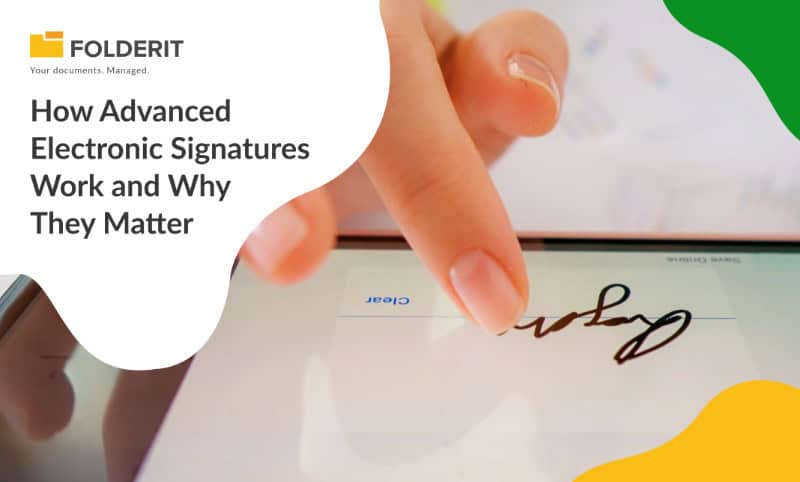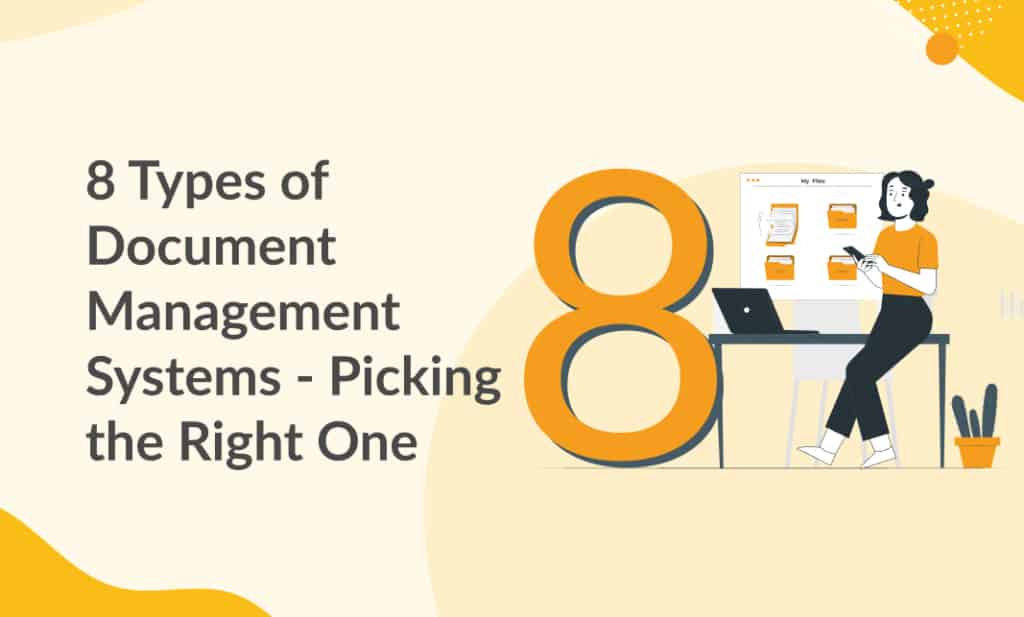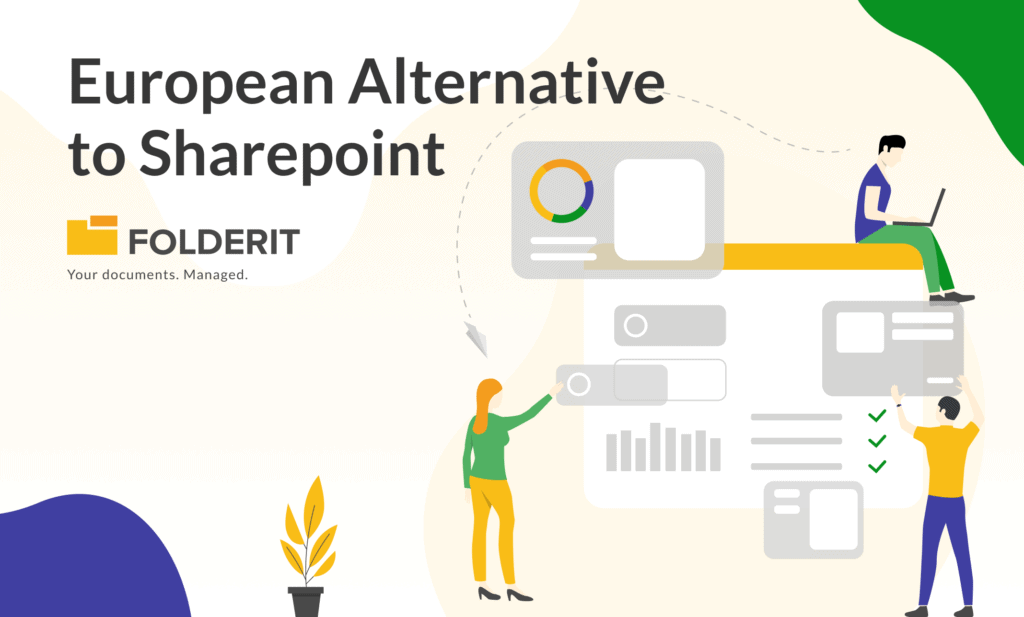What Are Advanced Electronic Signatures (AES)?
Advanced electronic signatures are a sophisticated form of electronic signatures that provide a higher level of security and reliability. Unlike basic electronic signatures, AES are uniquely linked to the signer, capable of identifying the signer, created using means that the signer can maintain under their sole control, and linked to the data signed in such a manner that any subsequent change in the data is detectable. These characteristics make AES highly secure and trustworthy for authenticating digital documents.
How Advanced Electronic Signatures Work
Public Key Infrastructure (PKI):
PKI is the backbone of AES, involving the use of two cryptographic keys: a public key and a private key.
Key Pair Generation: A pair of keys is generated: the private key, kept secure by the signer, and the public key, distributed openly.
Digital Signature Creation: When a document is signed, a hash value of the document is created using a hashing algorithm like SHA-256. The private key encrypts this hash value, creating a digital signature.
Verification: The recipient uses the signer’s public key to decrypt the digital signature and compares it to a hash of the document. If they match, the signature is verified, ensuring the document’s integrity and authenticity.
Digital Certificates:
Digital certificates, issued by Certificate Authorities (CAs), validate the identity of the signer.
Structure: A digital certificate includes the public key, information about the certificate holder, and the CA’s digital signature.
Lifecycle Management: Certificates have a defined lifecycle, including issuance, renewal, and revocation, ensuring they remain valid and trustworthy.
Hashing Algorithms:
Hashing algorithms convert input data into a fixed-size string of characters.
SHA-256 and SHA-3: Commonly used for creating unique digital fingerprints of documents. If even a single bit of the document changes, the resulting hash will be completely different, making any tampering detectable.
Time Stamping:
Time stamping records the exact time a document is signed, providing proof that the document existed in its signed form at a specific time.
Time Stamping Authorities (TSAs): Trusted third parties that issue time stamps by creating a hash of the digital signature along with the current time and signing it with their private key. This ensures non-repudiation and enhances legal validity.
Legal Framework and Compliance To Know
eIDAS Regulation (Europe):
The eIDAS (electronic IDentification, Authentication, and trust Services) Regulation provides a standardized framework for electronic signatures across EU member states.
Three Levels of Electronic Signatures: Simple, advanced, and qualified electronic signatures, with AES providing a high level of security and legal standing.
ESIGN Act and UETA (USA):
The Electronic Signatures in Global and National Commerce (ESIGN) Act and the Uniform Electronic Transactions Act (UETA) provide the legal framework for electronic signatures in the United States.
Legal Equivalence: These acts ensure that electronic signatures and records have the same legal effect as their paper counterparts, provided certain conditions are met.
Cross-Border Compliance:
AES must comply with various international standards and regulations, enabling their use in global transactions.
Regulatory Sandboxes: Controlled environments where organizations can test AES implementations under regulatory supervision, ensuring compliance while fostering innovation.
Benefits of Advanced Electronic Signatures
Security and Non-Repudiation:
AES provide robust security features, protecting against forgery and tampering. The use of cryptographic techniques and digital certificates ensures the authenticity and integrity of signed documents.
Non-Repudiation: AES offer non-repudiation, meaning the signer cannot deny signing the document. This is achieved through secure cryptographic keys and digital certificates that uniquely identify the signer.
Efficiency and Cost Savings:
Streamlined Workflows: AES streamline document signing processes by eliminating the need for physical paperwork. Documents can be signed, verified, and stored electronically, saving time and resources.
Cost Reduction: By reducing the need for printing, mailing, and storing physical documents, AES significantly lower operational costs.
Environmental Impact:
AES contribute to sustainability by reducing paper usage and the associated environmental footprint. The digitalization of document processes aligns with eco-friendly business practices.
Challenges and Considerations
While advanced electronic signatures offer numerous benefits, there are several challenges and considerations that organizations must address when adopting them:
Implementation Costs and Technical Expertise:
- Initial Investment: Setting up the infrastructure for AES, including software, hardware, and training, can be costly.
- Technical Knowledge: Implementing and maintaining AES requires specialized knowledge of cryptographic principles and digital certificate management. Organizations may need to invest in training or hire experts to ensure proper implementation.
Legal and Regulatory Challenges:
- Compliance Across Jurisdictions: Different countries have varying laws and regulations regarding electronic signatures. Organizations must ensure their AES systems comply with all relevant legal requirements in the jurisdictions they operate in.
- Regulatory Sandboxes: Testing AES implementations in regulatory sandboxes can help organizations ensure compliance while fostering innovation.
Folderit’s Integration of Advanced Electronic Signatures
Folderit’s Document Management System (DMS) seamlessly integrates advanced electronic signatures, offering a range of features and benefits tailored to modern business needs:
Overview of Folderit’s E-Signing Workflows:
- Folderit eSign: Available in the Tailor plan, this integrated solution allows for unlimited signatures without the need for external providers. It offers a user-friendly interface, making the signing process straightforward and accessible.
- DocuSign Integration: Available in the Medium and Tailor plans, this integration supports folder-level automation and requires a DocuSign subscription. It enhances workflow efficiency by allowing users to sign documents directly within Folderit.
- eID QES (Qualified Electronic Signature): This workflow requires a government-issued electronic ID card, providing the highest level of security and legal compliance. It supports standards like XAdES and ASIC-E, ensuring robust authentication.
Security Features and Compliance:
- End-to-End Encryption: Folderit employs end-to-end encryption to protect documents during transmission and storage, ensuring they remain confidential and secure from unauthorized access.
- Multi-Factor Authentication (MFA): Adding an extra layer of security, MFA requires multiple forms of verification before granting access to the system, significantly reducing the risk of unauthorized access.
- Role-Based Access Control (RBAC): Folderit uses RBAC to control access to documents based on user roles and permissions, ensuring only authorized users can view or sign specific documents.
- Detailed Audit Trails: Folderit provides comprehensive audit trails for all signed documents, including detailed logs of who signed a document, when it was signed, and any subsequent changes made. This ensures transparency and accountability, crucial for legal and regulatory compliance.
User-Friendly Interface and Automation:
- Seamless User Experience: Folderit’s DMS is designed with user-friendliness in mind, allowing users to easily sign documents electronically without requiring extensive technical knowledge. The platform provides a clear, guided process for applying electronic signatures, making it accessible to all users.
- Workflow Integration: Folderit’s DMS integrates AES into existing workflows, allowing users to sign, share, and store documents within a single platform. This enhances efficiency and streamlines document management processes.
- Automated Reminders and Notifications: Automated reminders and notifications ensure that all parties sign documents promptly, improving efficiency and reducing delays.
Advanced electronic signatures offer enhanced security, efficiency, and compliance, making them an essential tool for modern businesses. However, adopting AES requires careful consideration of implementation costs, technical expertise, user adoption, and legal compliance.
Folderit’s Document Management System addresses these challenges by providing a user-friendly, secure, and scalable solution that integrates seamlessly into existing workflows. With Folderit, organizations can leverage the benefits of advanced electronic signatures to streamline their document management processes, enhance security, and ensure compliance with legal standards.



